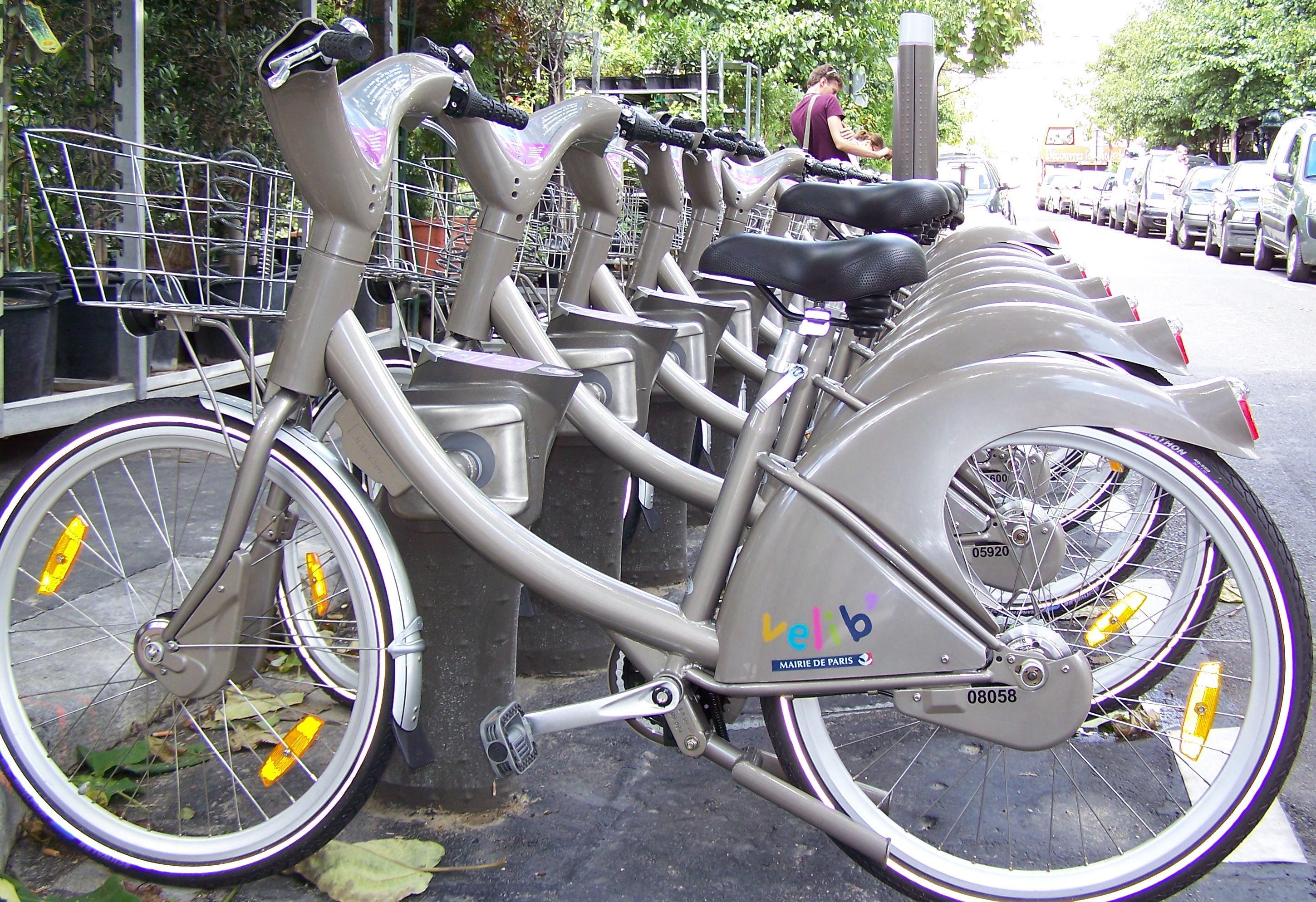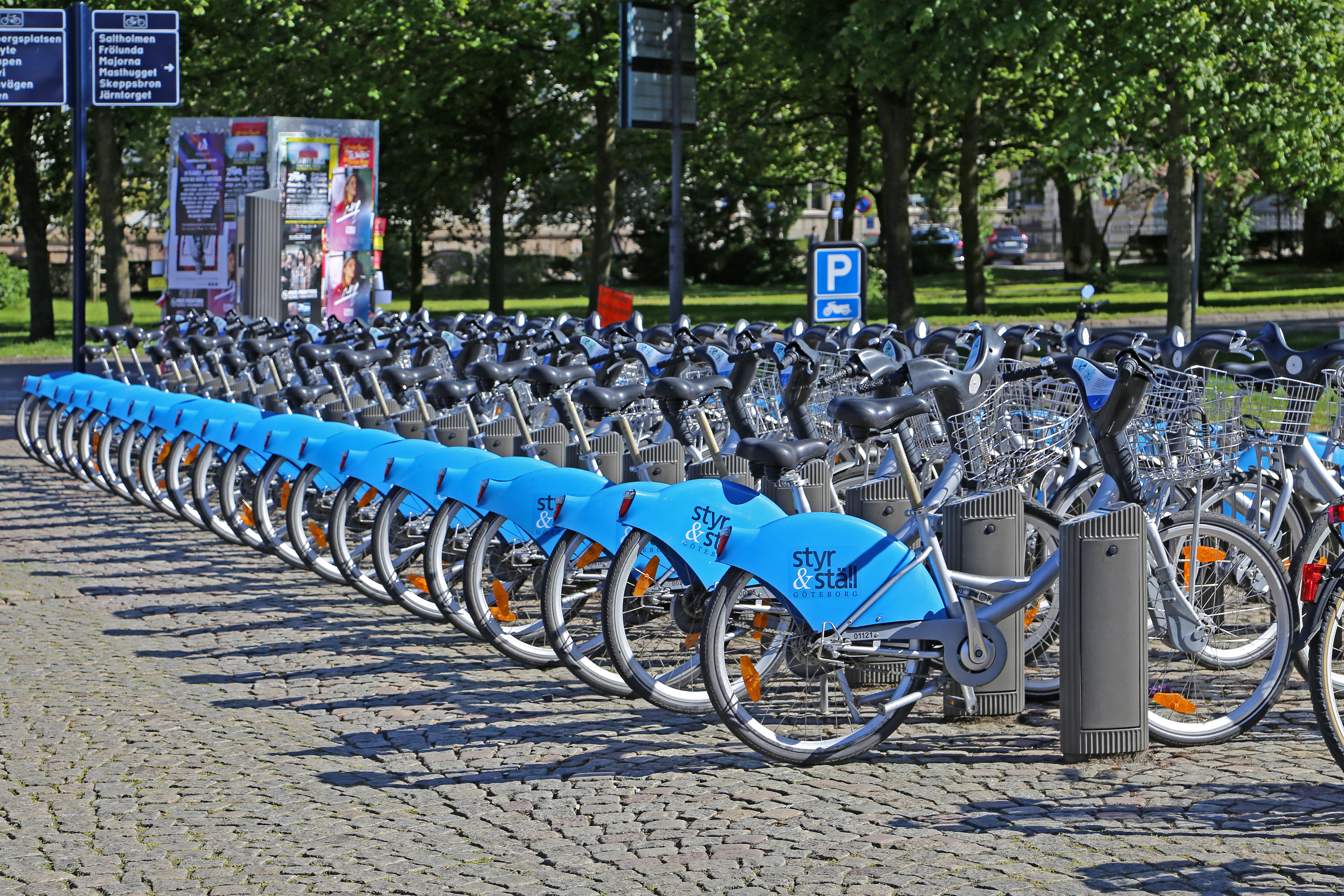|
Navigo Pass
The Navigo card (french: links=yes, Carte Navigo), formerly called the Navigo pass, is a means of payment for public transportation introduced on 1 October 2001 in the City of Paris and Île-de-France region. It is implemented as a contactless smart card using the Calypso standard, initially with Radio-frequency identification (RFID), then Near-field communication (NFC) since 9 December 2013, and enables authenticated access at turnstiles by scanning the card at an electronic reader. Since July 2018, the payment, loading of season or single tickets and their validation at turnstiles is directly possible with a smartphone. System Cards are available either attached to an account for those who live or work in the Île-de-France region (known simply as ''Carte Navigo''), or can be issued on the spot to anyone at a station (''Carte Navigo Découverte''). The Navigo card bears the name and a photograph of the holder. While the account-based cards are free, a ''Découverte'' card, mai ... [...More Info...] [...Related Items...] OR: [Wikipedia] [Google] [Baidu] |
Île-de-France
, timezone1 = CET , utc_offset1 = +01:00 , timezone1_DST = CEST , utc_offset1_DST = +02:00 , blank_name_sec1 = Gross regional product , blank_info_sec1 = Ranked 1st , blank1_name_sec1 = –Total , blank1_info_sec1 = €742 billion (2019) , blank2_name_sec1 = –Per capita , blank2_info_sec1 = €59,400 (2018) , blank_name_sec2 = NUTS Region , blank_info_sec2 = FR1 , website = , iso_code = FR-IDF , footnotes = The Île-de-France (, ; literally "Isle of France") is the most populous of the eighteen regions of France. Centred on the capital Paris, it is located in the north-central part of the country and often called the ''Région parisienne'' (; en, Paris Region). Île-de-France is densely populated and retains a prime economic position on the national stage: though it covers only , abo ... [...More Info...] [...Related Items...] OR: [Wikipedia] [Google] [Baidu] |
Vélib'
is a large-scale public bicycle sharing system in Paris, France. Launched on 15 July 2007, the system encompassed around 14,500 bicycles and 1,400 bicycle stations, located across Paris and in some surrounding municipalities, with an average daily ridership of 85,811 in 2011. The name ''Vélib''' is a portmanteau of the French words ''vélo'' (''"bicycle"'') and ''liberté'' ("freedom"). Vélib' was operated originally as a concession by the French advertising corporation JCDecaux. , Vélib' was the world's 12th-largest bikesharing program by the number of bicycles in circulation; the rest of the top 18 are in Chinese cities. , Velib' had the highest market penetration with 1 bike per 97 inhabitants, followed by Vélo'v in Lyon with 1 bike per 121 residents, and Hangzhou in China with 1 per 145. Since December 2011, Vélib' had been complemented by Autolib', an electric car sharing scheme operating on similar principles. [...More Info...] [...Related Items...] OR: [Wikipedia] [Google] [Baidu] |
Fare Collection Systems In France
A fare is the fee paid by a passenger for use of a public transport system: rail, bus, taxi, etc. In the case of air transport, the term airfare is often used. Fare structure is the system set up to determine how much is to be paid by various passengers using a transit vehicle at any given time. A linked trip is a trip from the origin to the destination on the transit system. Even if a passenger must make several transfers during a journey, the trip is counted as one linked trip on the system. Uses The fare paid is a contribution to the operational costs of the transport system involved, either partial (as is frequently the case with publicly supported systems) or total. The portion of operating costs covered by fares - the farebox recovery ratio - typically varies from 30%-60% in North America and Europe, with some rail systems in Asia over 100%. The rules regarding how and when fares are to be paid and for how long they remain valid are many and varied. Where the fare can g ... [...More Info...] [...Related Items...] OR: [Wikipedia] [Google] [Baidu] |
Smartphones
A smartphone is a portable computer device that combines mobile telephone and computing functions into one unit. They are distinguished from feature phones by their stronger hardware capabilities and extensive mobile operating systems, which facilitate wider software, internet (including web browsing over mobile broadband), and multimedia functionality (including music, video, cameras, and gaming), alongside core phone functions such as voice calls and text messaging. Smartphones typically contain a number of metal–oxide–semiconductor (MOS) integrated circuit (IC) chips, include various sensors that can be leveraged by pre-included and third-party software (such as a magnetometer, proximity sensors, barometer, gyroscope, accelerometer and more), and support wireless communications protocols (such as Bluetooth, Wi-Fi, or satellite navigation). Early smartphones were marketed primarily towards the enterprise market, attempting to bridge the functionality of standalone perso ... [...More Info...] [...Related Items...] OR: [Wikipedia] [Google] [Baidu] |
Ticket "t+"
The Ticket t+ is the standard single trip ticket for Paris public transit. It can be bought from ticket machines or staffed counters, but not on board buses. It is available either as a single paper ticket at the price of €2.10, or as a pack of ten tickets (known as a ''carnet)'' at the price of €19.10. Since 2019, the ticket can also be loaded onto a reusable Navigo Easy card, which can be purchased for €2 at staffed ticket counters and select ticket vending machines. The cost of the carnet is reduced to €16.90 when loaded onto Navigo Easy. Starting 2021, Île-de-France Mobilités is in the process of phasing out the use of paper tickets, which is still ongoing as of 2023; many stations do not sell carnets in paper form anymore. A reduced-price carnet is available for children under 10 years old and some other groups for €9.55 (or €8.45 when loaded onto Navigo Easy). General use The Ticket t+ can be used as a single trip ticket on: * The complete Métro network. * Z ... [...More Info...] [...Related Items...] OR: [Wikipedia] [Google] [Baidu] |
Public Transport Fares In The Île-de-France
Public transport fares in the Île-de-France are set using a system of concentric ''fare zones'' radiating from central Paris, and are implemented with a mixture of paper and electronic tickets. Prices are determined by Île-de-France Mobilités, the regional autorité organisatrice de transports ("Regional Transport Organisational Authority"). As of January 2023, single tickets within Paris cost , and monthly passes covering all fare zones cost . Zones The public transport network of Île-de-France Mobilités is divided into 5 zones. Zone 1 covers the city of Paris, and zones 2-5 surround it. Zone 4 includes Versailles, and zone 5 includes Charles de Gaulle and Orly airports, and Disneyland Paris. Starting 1991, there were 8 zones. On 1 July 2007, zones 7 and 8 were merged into zone 6. On 1 July 2011, zone 6 was itself merged into zone 5. This was done to reduce transportation costs for residents of outer suburbs. On 11 February 2015, STIF (as Île-de-France Mobilités was then ... [...More Info...] [...Related Items...] OR: [Wikipedia] [Google] [Baidu] |
Philippe Starck
Philippe Starck (; born 18 January 1949) is a French industrial architect and designer known for his wide range of designs, including interior design, architecture, household objects, furniture, boats and other vehicles. Life Starck was born on 18 January 1949 in Paris. He is the son of André Starck, who was an aeronautics engineer. He says that his father often inspired him because he was an engineer, who made invention a "duty". His family was originally from and lived in the Alsace region, before his grandfather moved to Paris. He studied at the École Camondo in Paris.Biography, Philippe Starck, Britannica Online Career While working for , Starck set ...[...More Info...] [...Related Items...] OR: [Wikipedia] [Google] [Baidu] |
Bicycle-sharing System
A bicycle-sharing system, bike share program, public bicycle scheme, or public bike share (PBS) scheme, is a shared transport service where bicycles are available for shared use by individuals at low cost. The programmes themselves include both docking and dockless systems, where docking systems allow users to rent a bike from a dock, i.e., a technology-enabled bicycle rack and return at another node or dock within the system — and dockless systems, which offer a node-free system relying on smart technology. In either format, systems may incorporate smartphone web mapping to locate available bikes and docks. In July 2020, Google Maps began including bike share systems in its route recommendations. With its antecedents in grassroots mid-1960s efforts; by 2022, approximately 3,000 cities worldwide offer bike-sharing systems, e.g., Dubai, New York, Paris, Montreal and Barcelona. History The first bike sharing projects were initiated by various sources, such as local co ... [...More Info...] [...Related Items...] OR: [Wikipedia] [Google] [Baidu] |
Carte Orange
The carte orange (Orange Card) was a pass for the public transportation system in Paris and the surrounding Île-de-France region. A holder of the pass was entitled to unlimited use of the public transit system within a given period of time, with ''Cartes oranges'' being available for durations of one week or one month. The carte orange was discontinued in February 2009, and replaced by Navigo semaine (one-week pass) and Navigo mois (one-month pass) on a Navigo card. The Île-de-France region, with regards to public transportation, is divided in six concentric zones, the first one being the city of Paris. The most basic pass for Paris and its close banlieue covered zones 1–2, costing €17.20 for a one-week pass and €56.60 for a one-month pass. Description and use The Carte Orange itself was composed of a subway pass and an identity card, both of which were stored in a small, transparent, flexible plastic folder. The subway pass — a small, rectangular ticket composed mainl ... [...More Info...] [...Related Items...] OR: [Wikipedia] [Google] [Baidu] |
Carte Imagine'R
The Carte Imagine'R is a travel pass for students and young people between the ages of 12 and 25 years to travel in the Paris Île-de-France region. Valid for one year, it allows travel on public transport such as the Métro, buses, or the RER. During the week, its users can freely travel in the zones defined by its subscription. On weekends, national holidays and during the school holidays, the card is 'de-zoned', authorizing its carrier to travel in all zones of the Paris Île-de-France region. The card also allows the holder to claim various reductions on other services. Since 2003, the carte Imagine'R is loaded onto a Navigo card The Navigo card (french: links=yes, Carte Navigo), formerly called the Navigo pass, is a means of payment for public transportation introduced on 1 October 2001 in the City of Paris and Île-de-France region. It is implemented as a contactless ..., which must be scanned at a card reader with each journey. Fare collection systems in Fran ... [...More Info...] [...Related Items...] OR: [Wikipedia] [Google] [Baidu] |





